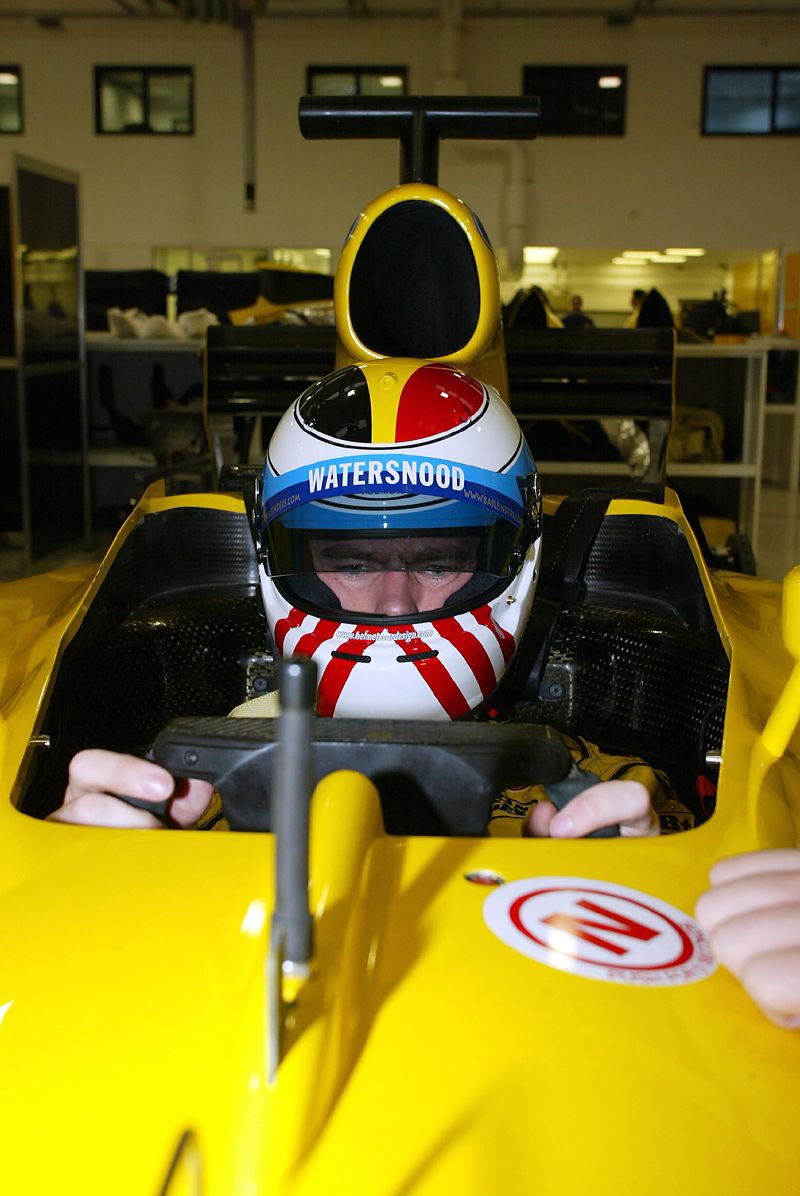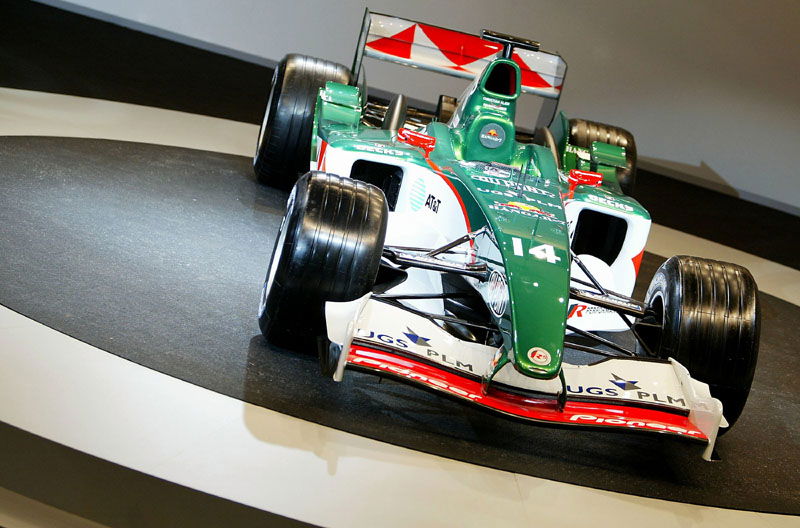Q&A: Malcolm Oastler (Jaguar Racing).
Malcolm Oastler is the chief engineer at Jaguar Racing, here following the launch of the teams' 2004 car, the R5 on Sunday, Oastler talks about his role at the Milton Keynes based squad and the targets for the coming season...
Q:
Malcolm [Oastler], do you expect 2004 to be a continuation of the good work done in 2003?

Malcolm Oastler is the chief engineer at Jaguar Racing, here following the launch of the teams' 2004 car, the R5 on Sunday, Oastler talks about his role at the Milton Keynes based squad and the targets for the coming season...
Q:
Malcolm [Oastler], do you expect 2004 to be a continuation of the good work done in 2003?
Malcolm Oastler:
If you look at our results a couple of seasons ago our good finishes were seen as a flash in the pan. Last year, although we didn't achieve the big results we'd all like, we were consistently competitive and generally qualified in the top 10.
The team did a pretty good job with the basic packaging of the car and it was fundamentally reliable after some early-season glitches. By Barcelona we had got on top of those issues and scored points in most of the races after that.
Q:
How does your role as chief engineer sit with ensuring that you are even more reliable in 2004?
MO:
Oh, that's a large part of my job. My responsibilities here are pretty broad. I have an input on the design of the car but I am not the chief designer. I have to be aware of what is happening in all the different areas of the factory to make sure we are putting the right resources towards the right things.
When people are working flat out, which is often the way in an F1 team, it is easy to be unaware of a useful resource in another department. I can flag up those situations and make sure all the areas work closely together. It's a mixture of creative input and troubleshooting, both at the factory and at the track.
Q:
This is the most stable off-season the team has had. That must help?
MO:
Yes. We haven't had to reinvent ourselves this winter which means we could devote more time to the new car. We originally set out just to give the R4 a light rub so that we could improve as the season went along. But with the added time we have been able to extensively redesign quite a few areas of the car and still retain the proven systems and components. The plan is to capitalise on those and score some of the points that we missed out on at the start of last season.
My first ambition is to start the season by being reliable and then, like all the major teams, ensure that we are consistently competitive. At some circuits last year we were very quick but couldn't translate that into points. At other circuits we were off the pace. We can't afford for that to happen if we want to improve in the constructors' championship.
Q:
Why is finding that consistency and race pace so difficult?
MO:
Because a modern F1 car is a very complex piece of equipment. Being quick at every track means understanding the circuit itself, the tyres, the engine, the traction control system, the aerodynamics and the mechanical set-up. It's only if you have a good combination of all those things that you can compete at the top end of the grid. It's a very broad spectrum and part of my job, even though I'm not an expert on every area of the car, is having an idea of what shortcomings we have in all those areas and working out how to address them.
Earlier in my career, race teams were much, much smaller and we all had to chip in. I built wind tunnel models in my kitchen! But that experience is useful now that the factory is a much more complicated place to run.
Q:
How do you split your time between going to races and making sure the factory runs smoothly?
MO:
I will probably go to half a dozen races over the course of the season. I am charged with making good engineering decisions and I can't have that judgement without having the information first-hand. So it's important that I get to the circuits regularly to assess what stage the car is at as the season progresses.

